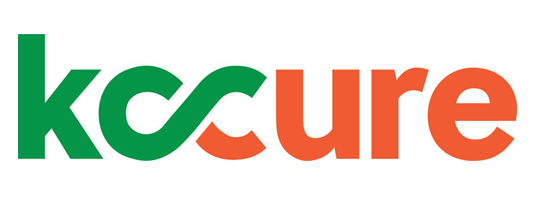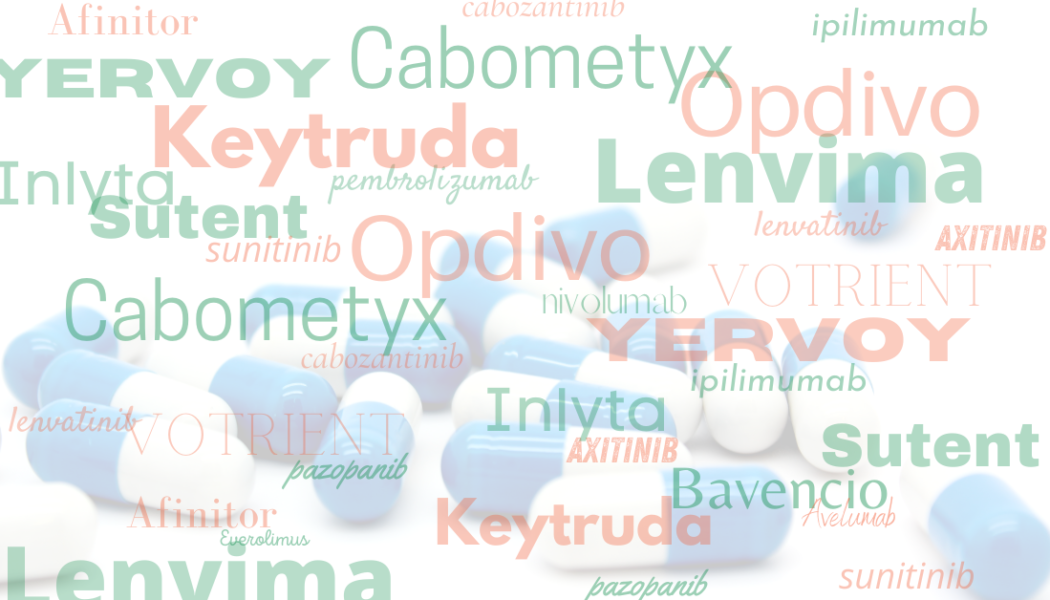How Kidney Cancer Drugs are Named
Kidney cancer drug names can be confusing. They have multiple names, many of which are difficult to pronounce.
If you have ever wondered why that is the case, here is a primer that explains how drug names are developed.
Knowing this process can help you differentiate between various treatments and understand how drugs work to fight kidney cancer.
Depending on the timing, drugs for kidney cancer will have multiple labels: a chemical name, a generic name and a brand name.
Chemical Names
When a chemist first discovers a new compound, they name it, so that it can be identified and tracked. The chemical name starts with letters identifying the company followed by a string of numbers
If a compound shows enough promise to move toward clinical trials, companies will begin the process of devising a generic name and a brand name for the future drug.
Generic Names
The goal of a generic name is not to be easily pronounceable – but rather to ensure that the drug is internationally recognizable to pharmacists and doctors. To achieve this, the drug name must follow specific rules.
The suffix (ending) describes how the drug works in the body.
Drugs that are Tyrosine Kinase Inibitors (TKI) all end with the suffix tinib. You might have already noticed that many kidney cancer drugs have this ending, sunitinib (Sutent), axitinib (Inlyta), pazopanib (Votrient), cabozantinib (Cabometyx), lenvatinib (Lenvima). These drugs are all TKIs.
The prefix (beginning of the word), is not as strict – but certain rules still apply:
- The prefix must have at least two syllables to help make it more easily identifiable from other drugs.
- The letters Y, H, K, J and W are prohibited because they are not universal in languages using the Roman alphabet
- The prefix cannot give the appearance of marketing. Names that could be tied to the company are not allowed.
- The name cannot imply medical usage. The reason is that eventually a drug might be used to treat multiple ailments.
Once the company has come up with a few options that fit within these parameters, they send them to the United States Adopted Names (USAN) Council for approval. If the name is approved, USAN will then submit the drug to the World Health Organization (WHO) INN Programme for their approval.
Once the drug is accepted by WHO, the name will be entered into the International Non-Proprietary Names List. There is a four-month open period for members of the public to object to the name. If no one objects, only then can the company begin to refer to the drug by the generic name.
Brand Names
Brand names are used after the drug is approved by the FDA, however like the generics, the process can take a long time. Devising a brand name is more creative and companies seek to find names that will inspire confidence for consumers. But there are still rules that must be complied with for regulatory approval.
- The name cannot make an overt claim about what it might do.
- The brand name can’t give any indication of how the drug works. For example, the name can’t include the suffix that is used in the generic name.
Companies also have to exhaustively research the name to make sure that it won’t violate any existing trademarks, that there won’t be translational issues in other languages and most importantly that the name won’t be confused with other drugs that could cause safety issues.
Once a name has been selected, the company must submit it to U.S. and European regulatory agencies for approval
Why do we need brand names and generic names?
Eventually, the patent will run out for a drug and the company that created it will no longer have exclusive rights to sell it. At that point, generic drugs might be created, meaning the same drug could be marketed under multiple names. As an example: ibuprofen is a generic name. It is marketed widely under a variety of names including Motrin and Advil.
In 2019, the U.S. FDA granted two new applications for everolimus (Afinitor). It is the first generic drug approved for the treatment of advanced kidney cancer.
Knowing the names of drugs is a great way to be empowered. It can help provide clues to what your oncologist is recommending for your treatment and can help you better understand how a drug is fighting your disease.
Click here for a complete list of treatments, including their generic names, brand names and the mechanism of action used to fight tumors.
Please note: The material on this site is for informational purposes only and is not a substitute for professional medical advice, diagnosis or treatment for a specific medical condition. You should not use information on this website to diagnose or treat a health problem or disease and should consult with a qualified healthcare provider with any questions or concerns you may have regarding your condition.


